- News
- Reviews
- Bikes
- Accessories
- Accessories - misc
- Computer mounts
- Bags
- Bar ends
- Bike bags & cases
- Bottle cages
- Bottles
- Cameras
- Car racks
- Child seats
- Computers
- Glasses
- GPS units
- Helmets
- Lights - front
- Lights - rear
- Lights - sets
- Locks
- Mirrors
- Mudguards
- Racks
- Pumps & CO2 inflators
- Puncture kits
- Reflectives
- Smart watches
- Stands and racks
- Trailers
- Clothing
- Components
- Bar tape & grips
- Bottom brackets
- Brake & gear cables
- Brake & STI levers
- Brake pads & spares
- Brakes
- Cassettes & freewheels
- Chains
- Chainsets & chainrings
- Derailleurs - front
- Derailleurs - rear
- Forks
- Gear levers & shifters
- Groupsets
- Handlebars & extensions
- Headsets
- Hubs
- Inner tubes
- Pedals
- Quick releases & skewers
- Saddles
- Seatposts
- Stems
- Wheels
- Tyres
- Health, fitness and nutrition
- Tools and workshop
- Miscellaneous
- Tubeless valves
- Buyers Guides
- Features
- Forum
- Recommends
- Podcast
TECH NEWS
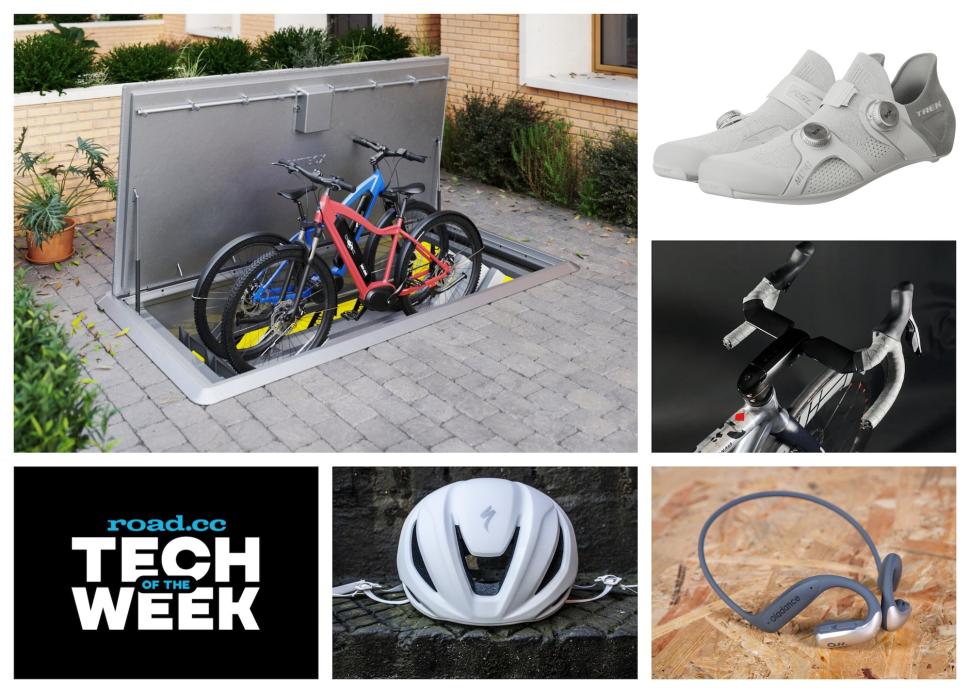 2024 February 17 Tech of the Week
2024 February 17 Tech of the WeekIs this mini underground garage the best way to keep your bike safe at home? Plus the aero handlebar that dodges UCI rules, and more tech news from Specialized, Chrome, Restrap + more
We’ve got loads of new tech to tell you about this week, including shoes from Specialized and Trek, bags from Chrome, and a handlebar that lets you get super-aero while staying within the rules, but we’re starting with a space-saving design intended to keep your bike secure and out of the way.
Going underground! Is a mini-garage beneath your front garden the solution to home bike storage?
The week's biggest story on road.cc – by a country mile – was about the Irish cyclist threatened with a €13 million fine or two years in prison after installing a small shed to store bikes – and her mother’s wheelchair – in her front garden; is the answer for many of us to store bikes underground instead?
road.cc reader Harry Jarman is currently developing Outbox, which is designed to offer secure underground storage for bikes, including e-bikes, in front of your home.
“Technically any 'structure' in front of your house (the front elevation of the property) requires planning permission,” says Harry. “Some councils have been known to turn a blind eye, but ultimately, can decide to ask you to remove the structure without planning authority. Councils are particular about conservation areas and listed buildings, where a cycle shed would have a detrimental visual impact.
“Outbox stores your cycles, e-bikes or mobility scooter underground, in an easily accessible secure container. This has minimal visual impact and little effect on the character of a residential neighbourhood. Research has suggested that councils may be more amenable to this solution.”
Of course, you’ll need to have enough space available for installation, but could many of us keep our bikes safe and out of sight in this way? And could it ultimately encourage more people to own and use bikes?
“Outbox breaks down barriers to cycle ownership, providing secure, convenient and exclusive storage, where other solutions aren’t practical,” says Harry. “Cyclists want to know that their precious investments are safe and no one else can touch them.”
If you own e-bikes, Outbox would keep lithium batteries out of your home too.
> Are e-bike batteries safe? What’s the difference between a safe battery and a fire risk?
Security is going to be vitally important, of course.
“We are working on multi-faceted security features to deter the most ambitious thieves,” says Harry. “If they manage to get the lid open, they still can’t take the bikes. We are also looking into digital access and alarms.”
As mentioned, the Outbox design is currently a work in progress.
“I lived in several homes in London and commuted on cycles for over 20 years,” he says. “I had the idea years ago, but have only focused on it in the last two years, encouraged by the adoption of e-bikes. A prototype will be manufactured shortly, allowing testing and iteration. Outbox will be looking for funding to take the cycle garage to market. I hope to launch as soon as I can, as I have had a number of enquiries from here and abroad.
“I don’t like to commit to pricing but estimate £6-7k plus installation, which will depend on numerous variables, so has to be on a case-by-case basis.”
That’s clearly a lot of money, but so is the need to replace stolen bikes, and Harry argues that Outbox could potentially add value to your property and reduce insurance premiums.
We will, of course, keep you up to date as the Outbox project develops. What do you reckon, Dragons, does the idea have legs?
Check out Trek’s cool new kicks
Trek has updated its road shoe range with new RSL and Velocis models that feature what it calls ‘METNET relief zones’ designed to stretch with your foot to avoid discomfort.
METNET? We'll come back to that in a sec.
The pick of the bunch has to be the RSL Knit. It certainly looks the coolest. The knitted upper is made from polyester yarn and is designed to be “exceptionally breathable, providing better temperature management and comfort than cycling shoes with a traditional upper”, according to Trek.
You get a 100% carbon-fibre outsole that Trek rates 14 out of 14 for stiffness, and closure is handled by two BOA Li2 dials.
Trek says, “The RSL Knit provides a snug, sock-like fit that conforms to your foot, providing a high level of comfort yet maintaining the highest level of power transfer thanks to the METNET exoskeleton, which consists of straps anchored to the outsole of the shoe.
“Through a responsive design that allows the shoe to stretch and compress around the forefoot, METNET helps to bring relief to hot foot, numbness, and tingling. When you feel better, you perform better.
“METNET provides stretch in areas of the shoe that most commonly cause foot-related discomfort or pain, specifically around the first and fifth metatarsal heads and the fifth metatarsal tuberosity.”
The Trek RSL Knit shoes are the top-of-the-range option, coming in at a whopping £399.99.
The RSL Road shoes are a little less expensive at £349.99. These use a 100% carbon fibre plate too, and the same two BOA Li2 dials, but with a perforated polyurethane upper. Trek says that the stretch is created by laminating this with a stretchy backer.
“The RSL Knit and Trek RSL Road feature the updated Trek Pro Last, which has been redesigned using 3D foot scan data to better match the average riders' foot shape.,” Trek says.
The Trek Velocis also has a polyurethane upper and dual BOA Li2 dials, and uses a similar two-layer system for the stretchy zones. Trek gives the carbon composite plate a 10 out of 14 stiffness rating. These are priced at £229.99.
Specialized updates Torch 2.0 and 3.0 shoes
Speaking of shoes, Specialized has introduced all-new Torch 2.0 (pictured below) and 3.0 shoes that sit just below its S-Works model and feature various trickledown features. The Torch 3.0 is the more premium option of the two, featuring a twin Li2 BOA dial retention system complete with a micro-adjust in both directions.
There’s a seam-free upper with mesh and laser-cut perforations for improved ventilation. Like the S-Works Torch, there’s an asymmetric cutout around the heel cup, but this is not visible and sits beneath the exterior of the rear portion of the shoe.
The sole comprises unidirectional carbon fibre with rubberised grips for traction. It’s available in four colour options, including purple, black or white. Pricing is £210 / $250 / €250.
The Torch 2.0 utilise a sole that foregoes unidirectional fibres for a woven unit. The upper comprises a single-piece construction complete with laser perforations but lacks the mesh inserts of the 3.0. Retention comes in the form of a single Li2 BOA dial and Velcro strap. Pricing is pegged at £165 / $180 / €200.
Looking at the total weights, the Torch 3.0 comes in at 288g per shoe and the Torch 2.0 268g per shoe (273g per shoe on our scale) in size 42. Both the Torch 3.0 and Torch 2.0 are compatible with three-bolt cleats only.
Specialized redesigns Propero helmet
Specialized has been busy redesigning its Propero helmet too, a lid that has always occupied the middle ground within the brand’s lineup.
Visually, the Propero 4 combines the best parts of the Evade 3 and Prevail 3 helmets without the S-Works frills. As a result, it offers better ventilation than the Evade, with clever internal channelling that creates turbulence for better cooling. Specialized says the Propero 4 is four watts more efficient than the current Prevail helmet at 45km/h (28mph).
> Read our review of the Specialized S-Works Evade 3 helmet
It comes with all the safety bells and whistles you’d expect from a modern lid, such as Mips, in this instance Mips C-Solution. It also gets the same strapping material and retention dial as the S-Works Evade, including occipital adjustment for a more precise, tailored fit.
> All you need to know about MIPS
It’s available in four colours, including white, and three sizes (small, medium and large). A medium Propero 4 weighs 290g (weights will differ from country to country, with US-spec helmets 20g heavier than European equivalents).
The Propero 4 helmet retails for £165 / $200 / €190.
Sidestep UCI rules with the Ashaa RR road handlebar
Italy’s Toot Engineering is now offering a carbon-fibre version of its Ashaa RR handlebar that’s intended to offer you an ultra-aero position while sticking to UCI rules.
There has been a game of chess going on over the past few years between racers looking for aero gains and UCI rule-makers tightening up race regulations. We had the banning of the ‘puppy paws’ position (resting forearms on the tops of handlebars) in 2021 and more recently a clamping down on the trend to turn levers inwards to reduce frontal area.
Toot Engineering’s answer is the Ashaa RR handlebar. This video gives you the basics…
It started as a carbon track handlebar, but there are now road versions too, compatible with internal cable routing. A standard Ashaa RR in 3D-printed 316L steel is €1,390 (£1,189) with a customised version priced at €1,990 (£1,700). A 3D-printed titanium model is €1,990 (£1,700) too.
What’s new is Toot Engineering’s version of the Ashaa RR in 3K twill carbon fibre with a claimed weight of 330g. The price of this one is €429 (£367).
You want bags? Chrome has plenty of new ones
Fans of carrying stuff will be pleased to hear that Chrome Industries has unveiled a whole bunch of new bags, including the Holman on-bike collection that is designed “for urban cyclists, bike-packers and off-road riders who need to keep their kit close and secure both on and off their bike”.
“All bags in the new collection are built with durability in mind, consciously constructed with hardwearing, water-resistant outer shells made from 600 denier Bluesign-approved recycled poly and 150 denier recycled liners,” says Chrome.
The Holman Pannier (£90) features a 20-litre main compartment with an expandable rolltop entry and a universal hook/loop mounting system designed to fit most rack and frame sizes. You also get an exterior zip pocket and a removable webbing shoulder strap.
The Holman range also includes a three-litre Handlebar Bag (£45), a Toptube Bag (£35), and frame bags in three-litre (£50) and four-litre (£60) editions.
Chrome has also added a new Ruckas Messenger Bag, adding to a lineup that includes the backpack we reviewed on road.cc last year.
“With a 9-litre carry capacity, this slimline piece can be worn on shoulder or crossbody, with a detachable stabiliser strap to keep the bag secure and prevent it from shifting on your back when you are on the move,” says Chrome.
“A simple two snap closure system keeps the roomy main pocket secure, whilst inside you’ll find a stretch mesh pocket for stowing your water bottle.”
The Ruckas Messenger is PFC-free and has a weather-resistant recycled poly outer shell and recycled poly liners. It’s priced at £58.
Oladance introduces OWS Sports open-ear headphones for “safe listening”
We were mightily impressed by the Oladance Open Ear Headphones we reviewed last year, and now the brand has announced a new OWS Sports model that’s already out there being trialled by our man Josh Price (a review will follow soon).
Although these are designed so you can hear what’s going on around you, they aren’t bone-conduction headphones like the ones we’ve reviewed from Shokz, for example. Instead, you get a tiny speaker that sits on top of your ear.
Oladance says, “OWS technology protects the user's hearing and supports ear health by acting as an extension of the human ear to process sounds safely.
“Boasting an IPX8 waterproof rating, wind noise reduction, home theatre-quality sound, and a powerful 15-hour battery life (with two-hour quick charge technology), the new OWS Sports is able to withstand the elements while ensuring users’ rhythm remains undisturbed,” says Oladance.
IPX8 means the headphones can be immersed in a metre of water without ill effects, so even the British weather shouldn’t be a problem.
“The open-ear design with ergonomically engineered soft titanium wire neck strap keeps the earphones securely in place,” says Oladance. “Additionally, the integrated physical control button allows users to adjust sound freely with options for on/off, volume up and down, and more.”
You can buy Oladance OWS Sports open-ear headphones for $179.99 (around £143) from Oladance and Amazon.
Restrap offers repair kit made from waste materials
Restrap has introduced Repair Pack, a little pouch crafted from repurposed waste materials that's filled with different-sized patches you can use to repair your gear. The black iron-on repair patches can be applied to bikepacking bags to extend the lifespan of your well-used kit. The patches are waterproof when applied, and the wallet they come in is made from repurposed waste fabric from Restrap's cutting process, further enhancing the eco-friendly ethos of the product.
The Repair Packs are available exclusively through Restrap's website and cost £3.99 a pop.
Daysaver collaborates with consumers for its new multitools
Daysaver, the Swiss brand known for its high-end multitools, has launched the latest iteration of its Essential8 and Coworking5 models, but this time they are based on extensive collaboration with customers.
The Essential8 (above) now boasts a plasma-coated handle that's designed for enhanced wear and oxidation resistance, alongside epoxy-coated magnets intended to resist corrosion. The bits lineup has also been altered to include an optional H2/JIS#2 bit which is compatible with both Philips and Pozidriv, plus screws.
The Coworking5, on the other hand, features a multitool extension with an improved chain breaker, now utilizing Torx 25 for increased torque transmission, according to Daysaver. You can slot the two tools (the Coworking5 and Essential8) together neatly, as well.
The Essential8 costs $49.95 (£39) and the Coworking5 sets you back $33.95 (£27).
Carbs Fuel is “the best value gel in the world”
Carbs Fuel is a new company founded by Colorado-based cyclist Gabe Multer and his partner Aaron Gouw. Gabe says his goal with Carbs Fuel is to provide a high-quality, affordable fuel source that enables cyclists to ride longer and avoid the dreaded hunger bonk. To do this, the company has created a product that kicks ass in terms of design, ingredients and pricing. In fact, the brand bills Carbs Fuel as “the best value gel in the world”.
The gels use seven ingredients and include no preservatives, gelling agents or artificial flavours – each gel contains 2:1 glucose-to-fructose carbohydrates. While there’s no specific flavour, the Carbs Fuel gels have a faint citrus taste from the sucrose, acidity regulators and sodium ingredients.
As for real-world results, well, our man Aaron has been using the Carbs Fuel gels in some elite-level 100km Zwift races and swears by the results, saying the 100g/hr represents a sweet spot in terms of keeping the fuel reserves topped up and cramp at bay. Of course, you can attempt more, even as much as 120-150g/hr, but this needs to be trained.
The design is bold and effective, and the retro-style typography and blue-type-on-white packaging provide a refreshing take on the overdesigned packaging we currently see dominating the space.
The kicker here is the pricing. At $2 (£1.60) per gel or $36 (£29) for a box of 18, Carbs Fuel has a lot going for it and will appeal to the performance enthusiast and price-conscious cyclist alike. Carbs Fuel is only available in the USA, but the company says plans to expand into Europe and the rest of the world are underway.
In case you missed it earlier in the week…
- Factor releases new Ostro VAM as “the benchmark aerodynamic, lightweight race bike”
- Purple is now the official colour of Hayes
- Five cool and innovative things coming soon from Look, Hunt, Fourth Frontier, Flextail and Vallon
- Best commuter bikes 2024 — finding the right bike for your ride to work (and back)
- Scarab Cycles - the story of a Columbian steel bike company
-
Bosch launches second-hand battery checker tool and its biggest battery yet
Latest Comments
- Eton Rifle 12 min 51 sec ago
The system for elderly drivers in the UK is insane. Basically, once you hit 70 years old, you have to re-apply for your driving licence every three...
- Moist von Lipwig 41 min 38 sec ago
Bit of googling gone wrong in the article - the JAT is the Junction Assessment Tool, the Joint Approval Team appears to be a coutner terrorism...
- Mr Blackbird 1 hour 4 min ago
We need to also take into account the van driver's viewpoint. He may have been obese and on his way to McDonalds for a salt/ sugar / fat fix. Can...
- HKR 1 hour 56 min ago
Can't believe that child threw his bike on the floor at the end of that. Young people today have no respect... ;))
- Griff500 44 min 22 sec ago
Its not the same stem fitted to the two bikes though, and we aren't talking about HTA we are talking about stem inclination or "stem rise" to use...
- TheBillder 9 hours 57 min ago
My new double glazed wooden framed sash windows are £1600 plus vat per (quite large) window. House built in 1904. The cost includes fitting and...
- galibiervelo 10 hours 13 min ago
We promote #bikefriday You dont need it - go for a spin. Nice bikes and kit are lovely, but not as noice as a dawn spin this friday morning with a...
- David9694 10 hours 16 min ago
Council acting like ‘the Sheriff of Nottingham’ with parking charges...
- David9694 10 hours 20 min ago
Man taken to hospital after vehicle crashes into pub...
- David9694 10 hours 30 min ago
Car flips in Millennium Way, Sheerness, near former Aldi supermarket that reopens as Home Bargains this weekend...
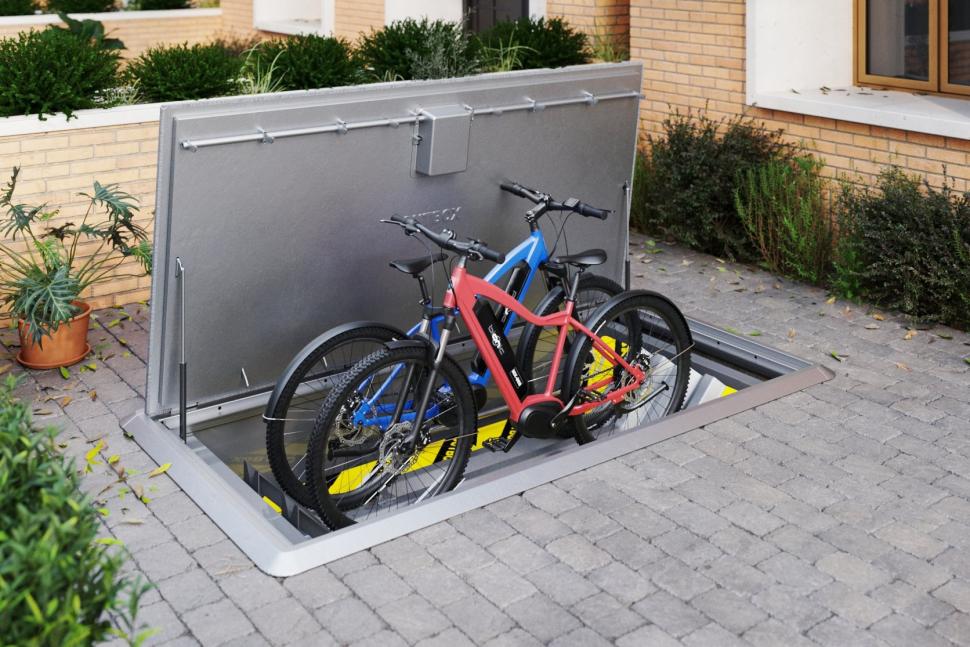







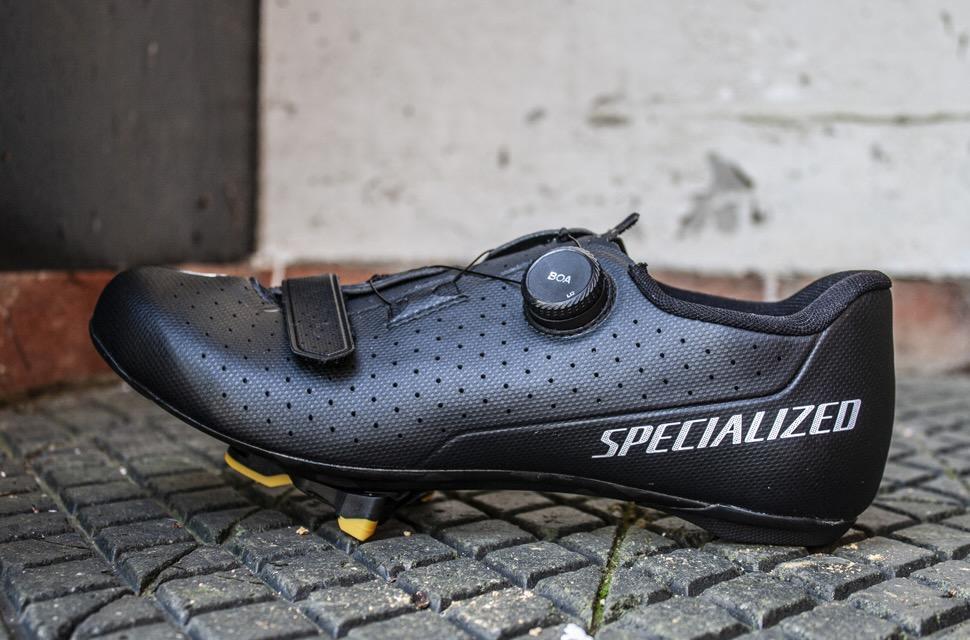

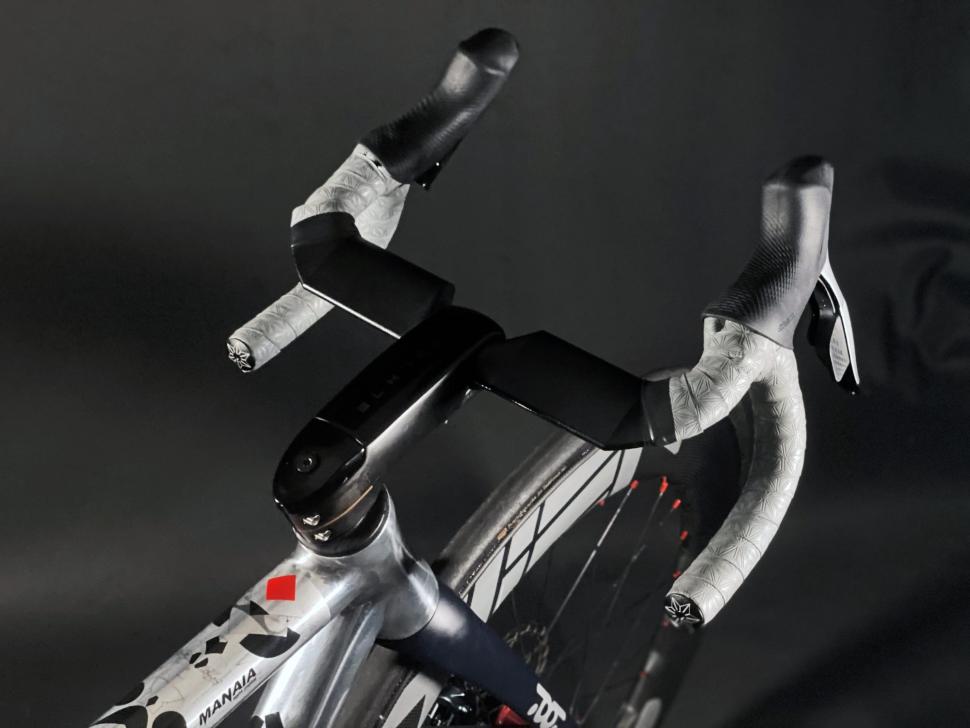

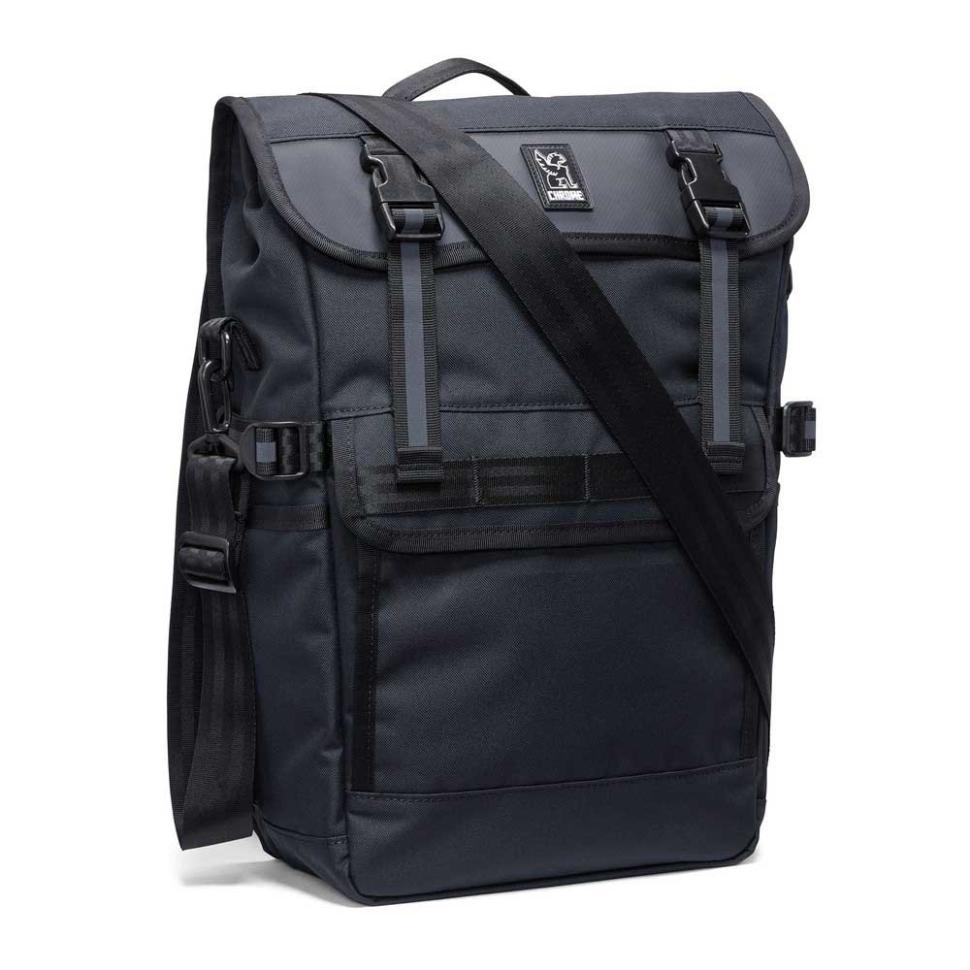
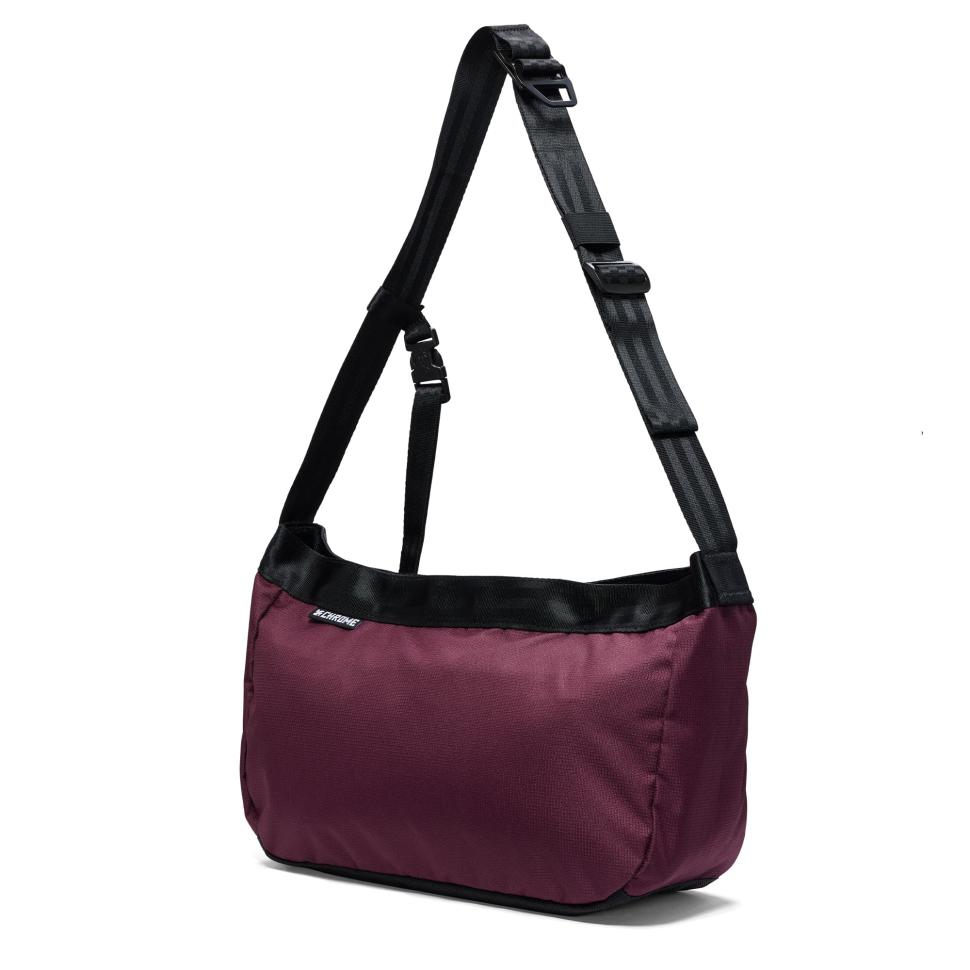







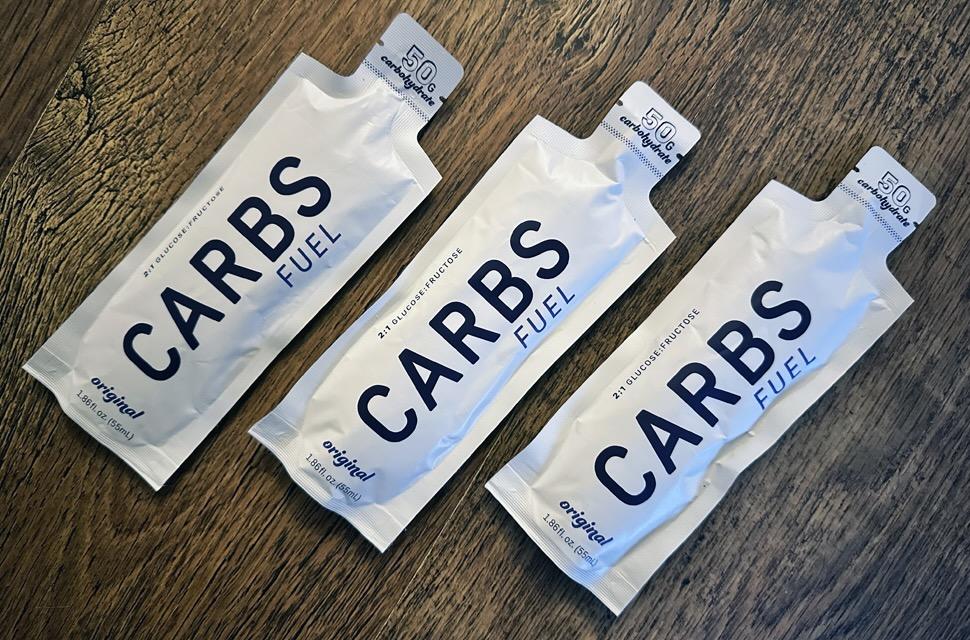
Add new comment
34 comments
You don't take a Shetland jumper? You're missing out, lad! 😁
Laptop: 360mm x 240mm, charger and Galaxy S8 mobile phone. Headset.
Clothes: 42" waist x 30" inside leg; shirt 17" collar. Shreddies and socks. Rolled up in to one roll
Shoes: size 9.5 (about 44 metric).
Spare set of bib tights, waterproof socks, base layer and jersey are also carried, rolled up in a ball.
10l dry bag - rolled up - for wet clothing
It takes some figuring out, but it all fits without a problem.
I use an Ortleib Vario 26l (F7712) without any problem.
During the winter, I have a 20l pannier on the other side that has a body warmer and a couple of other jackets in (in case of breakdown or delayed trains)
You only need to take the shoes to the office once. Maybe another pair, on another occasion (but still once) if you need to be able to match shoes to your clothes.
Leave them there - pretty much forever.
yep, my shoes live at the office, and my trousers and towel stay for 2 weeks at a time. so on a daily basis it's only shirt, lunch and boxers. (Plus laptop, but I may even leave that in a locker in the office for consecutive days)
Pages